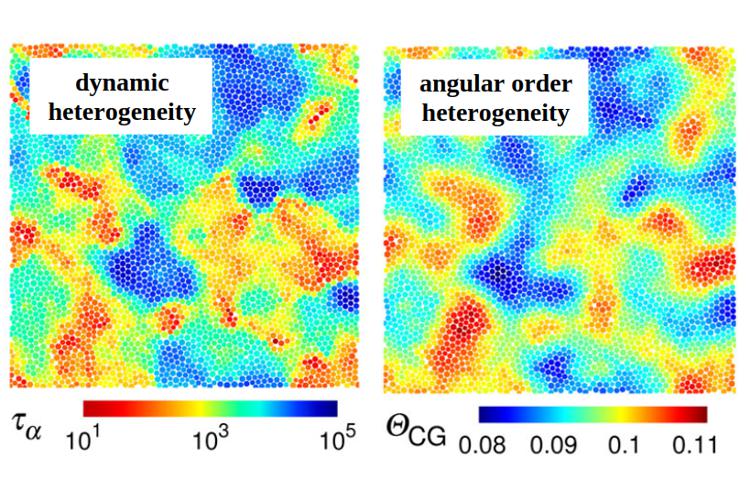- Share
- Share on Facebook
- Share on X
- Share on LinkedIn
Seminar
On October 8, 2024

Hajime Tanaka (University of Tokyo)
As a liquid is cooled, its dynamics slow significantly as it approaches the glass transition point, if crystallization is avoided. Moreover, with increased supercooling, the liquid's dynamics become increasingly heterogeneous, a phenomenon known as “dynamic heterogeneity.” Since its discovery, this characteristic of metastable supercooled liquids has garnered considerable attention in glass science. Despite extensive research, the precise physical origins of dynamic heterogeneity remain elusive and debated. In this talk, we explore the relationship between dynamic heterogeneity and structural order through numerical simulations of fragile liquids interacting with isotropic potentials. We demonstrate that angular ordering, driven by many-body interactions, plays a crucial role in the slow dynamics of supercooled liquids [1,2]. We show that dynamic heterogeneity stems from underlying angular order, with its spatial extent determined by static order. We also examine how the growth of static angular order links to slower dynamics. In fragile liquids exhibiting super-Arrhenius behavior, the sequential propagation of elementary particle rearrangements―guided by the order-parameter field from low- to high-order regions―leads to an increase in the activation energy required for particle motion in regions with higher order. Lastly, we discuss the microscopic origins of the long-sought dynamic cooperativity in glass-forming liquids [3], shedding new light on how local structure influences collective particle dynamics.
[1] H. Tanaka, Eur. Phys. J. E 35, 113 (2013); H. Tanaka, H. Tong, R. Shi, J. Russo, Nat. Rev. Phys. 1, 333 (2019).
[2] H. Tong and H. Tanaka, Phys. Rev. Lett. 124, 225501 (2020).
[3] S. Ishino, Y.-C. Hu, and H. Tanaka, Nat. Mater. (in press).
Contact: Catherine Quilliet
Date
14:00
Localisation
LIPhy, salle de conférence
- Share
- Share on Facebook
- Share on X
- Share on LinkedIn